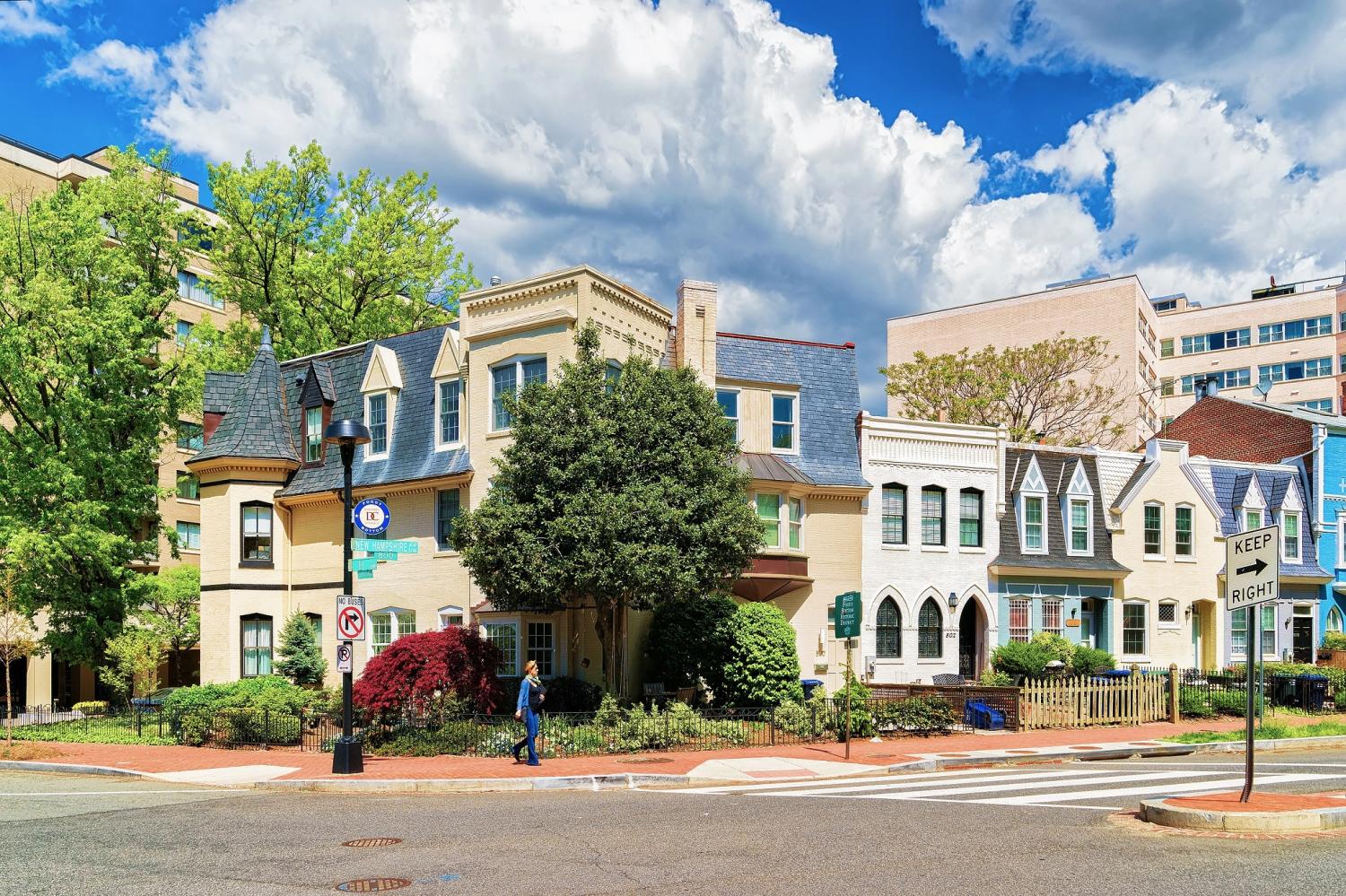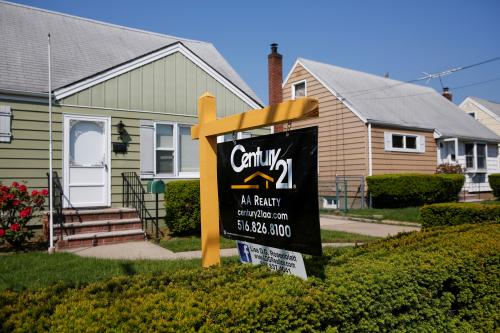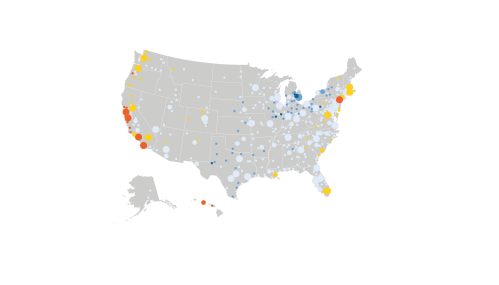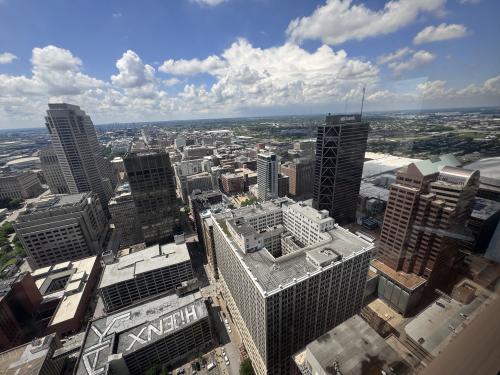Across the Capital Region, citizens and policymakers are concerned about high home prices that are increasing faster than household income. This home price increase is due in part to the fact that between 2000 and 2017, the region added almost twice as many people as housing units. The combination of population growth and rising home prices creates substantial concerns about the Capital Region’s future economic vitality.
The current increase in home prices relative to income is merely the latest instance of a long-run trend, as Figure 1 shows. From 1980 to 2017, real median incomes rose by 30 percent while median home values rose by more than 50 percent. Perhaps not surprisingly, the Capital Region has some of the highest home values relative to income in the country.

Responding to these concerns, the State of the Capital Region 2019 report describes changes in the amount of housing constructed across jurisdictions in the region and relates these changes to housing affordability. At the end of the report, we provide jurisdiction-by-jurisdiction housing and demographic data to better understand differences within the Capital Region.
Roughly half of new housing growth between 2000 and 2017 is concentrated in a handful of exurban jurisdictions. Figure 2 shows that Loudoun and Prince William counties account for roughly 25 percent of the region’s housing growth over this period. Over the last 17 years, exurban locations produced roughly as much new housing as urban and suburban areas combined.

New housing built in the Capital Region consists largely of single-family homes. About two-thirds of housing units constructed between 2000 and 2017 were either detached single-family homes or single-family rowhouses. Since this type of housing is more expensive to buy or rent than apartments in multifamily buildings, its continued prominence contributes to rising home values in the region.
With this inaugural State of the Capital Region report, we hope to contribute to an ongoing dialogue about housing production and the economic vitality of the region. The report invites leaders throughout the region to take stock of their contribution to housing growth and consider new opportunities for building a vibrant economic region.
Find the full report at the Center for Washington Area Studies, click here.
The Brookings Institution is committed to quality, independence, and impact.
We are supported by a diverse array of funders. In line with our values and policies, each Brookings publication represents the sole views of its author(s).










